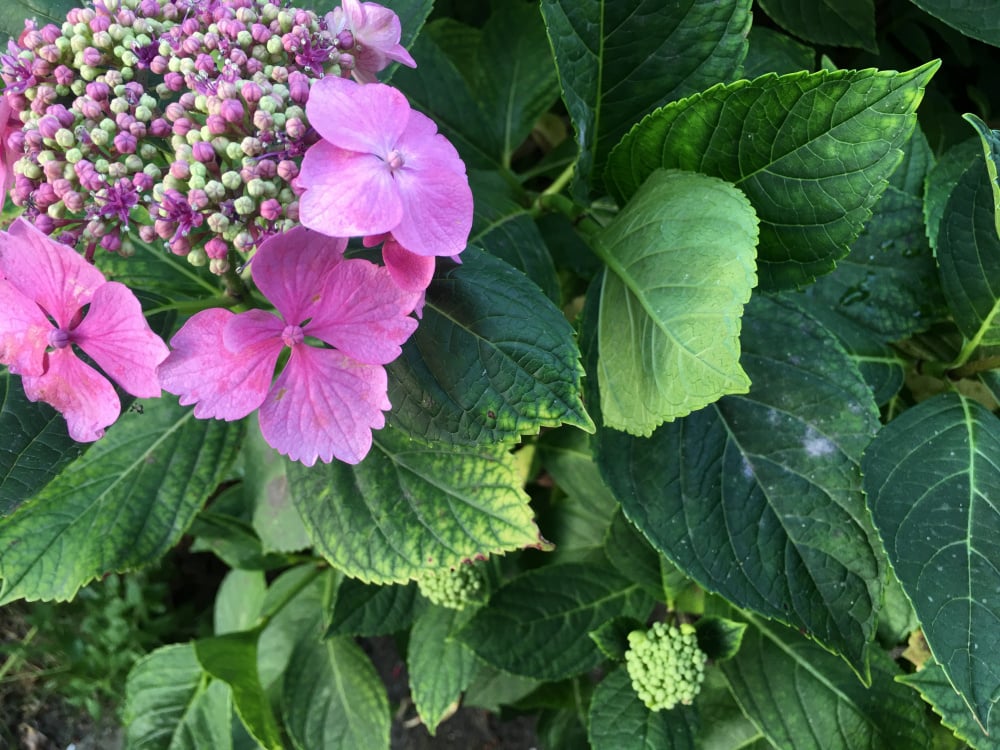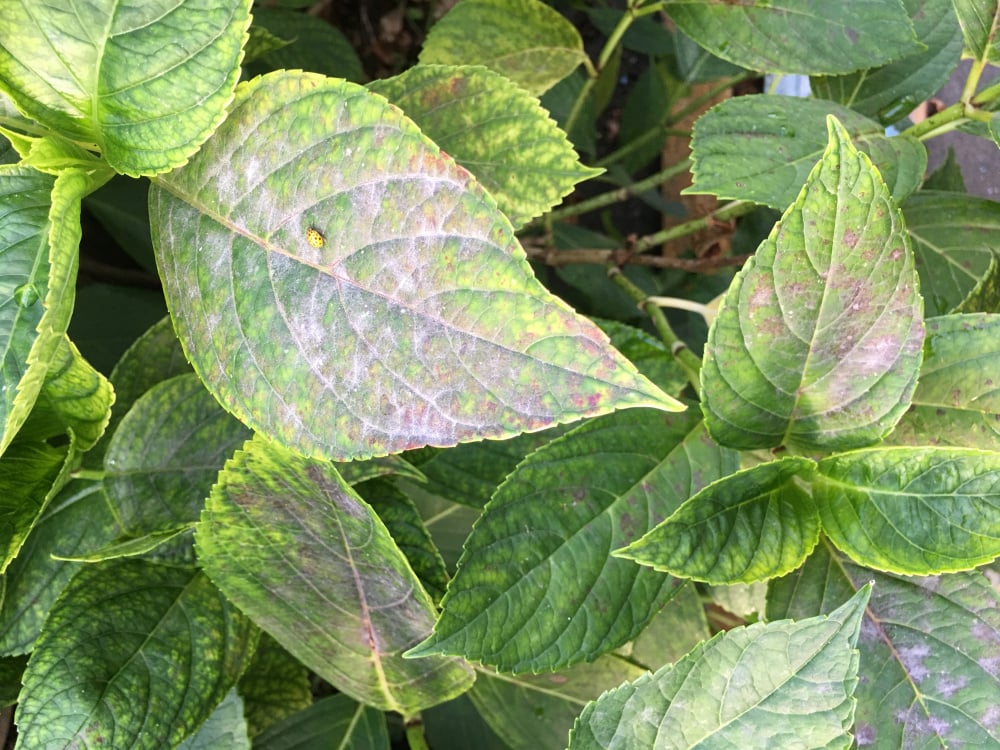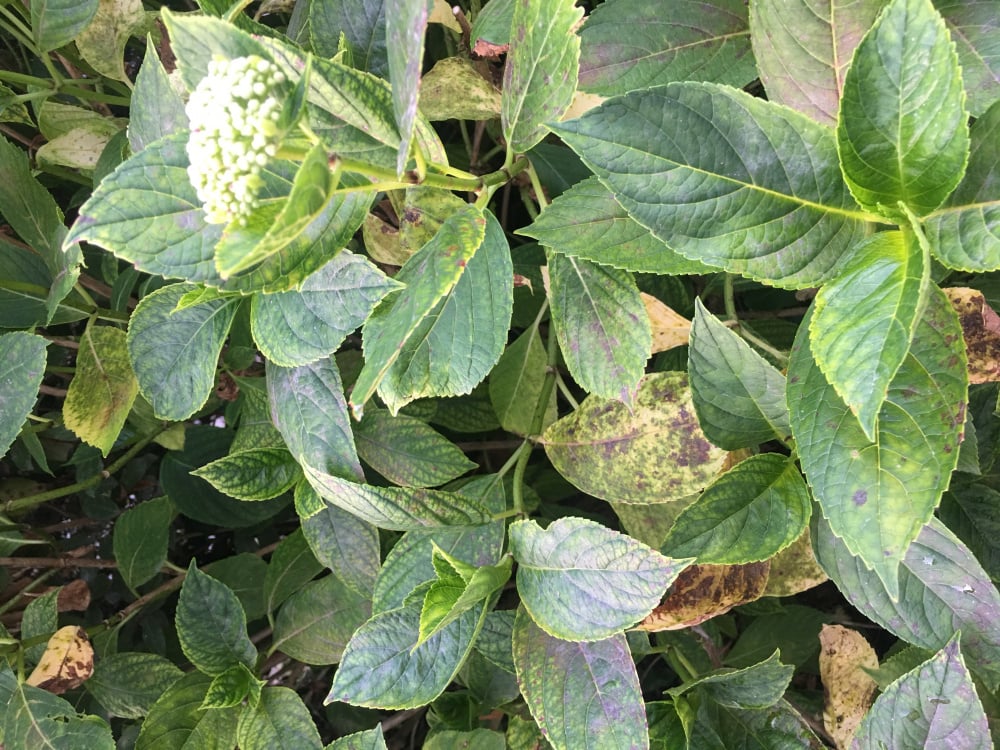This Forum will close on Wednesday 27 March, 2024. Please refer to the announcement on the Discussions page for further detail.
Hydrangeas losing their leaves
Hello everyone, I hope someone can help me. For the last two years my hydrangeas have lost all their leaves early in the season, and the flowers have turned brown and shrivelled up (I am in France). Not the mop head ones, just the macrophylla (I think that’s what they are called). I noticed today that the same thing is happening, the leaves are dying. Does anyone know what is wrong?
I would be incredibly grateful for advice.
Thanks,
Ally


I would be incredibly grateful for advice.
Thanks,
Ally



0
Posts
Whereabouts are you, where are they planted, what kind of soil do you have?
Hydrangea is Latin and translates (roughly) to Water Pitcher indicating their need for water.
Depending on where you are in France, could they be getting too much sun?
The fading on the leaves could be caused by scorch - they are plants most happy in dappled shade.
Billericay - Essex
Knowledge is knowing that a tomato is a fruit.
Wisdom is not putting it in a fruit salad.
The soil is poor, sandy, we are on the Atlantic coast, down South.
Very interesting about hydrangea meaning water pitcher in Latin!
I am further up on the Atlantic coast and have two inherited mopheads growing against the north facing wall of a ruin. They were in a sorry state and have been watered, fed, mulched and pruned to reinvigorate them and improve airflow and are now very bonny.
It's only when the conditions are right that it can become a problem.
The right conditions for mildew is a plant that is stressed through lack of water.
Billericay - Essex
Knowledge is knowing that a tomato is a fruit.
Wisdom is not putting it in a fruit salad.
I will get the purin de prêle this afternoon, thanks very much Obelixx.
I’ve cut out loads of branches to increase air circulation, they don’t look great today!
Thanks to everyone for replying
Allie